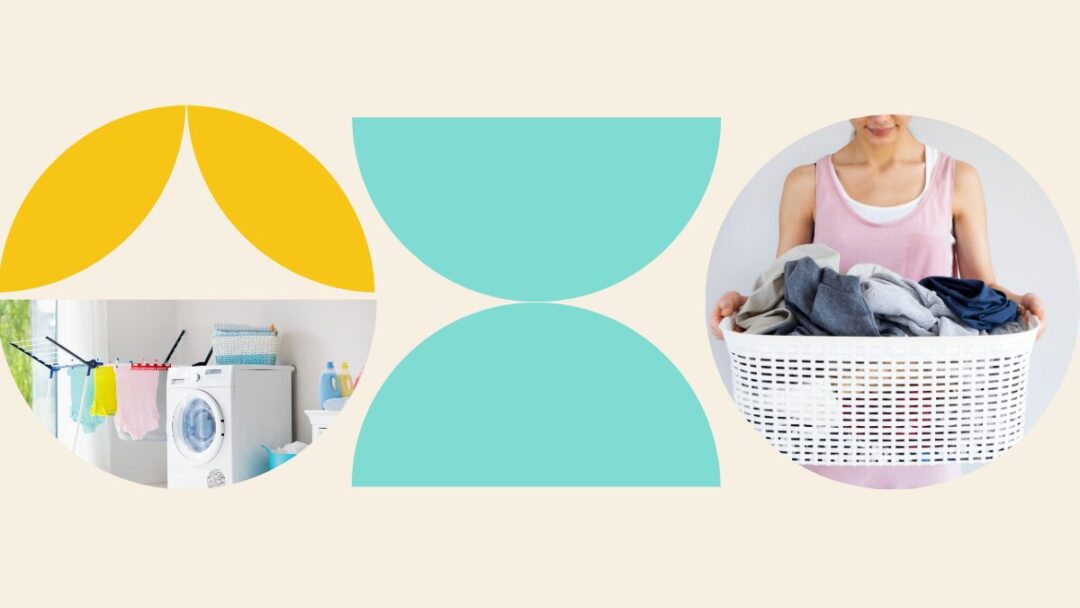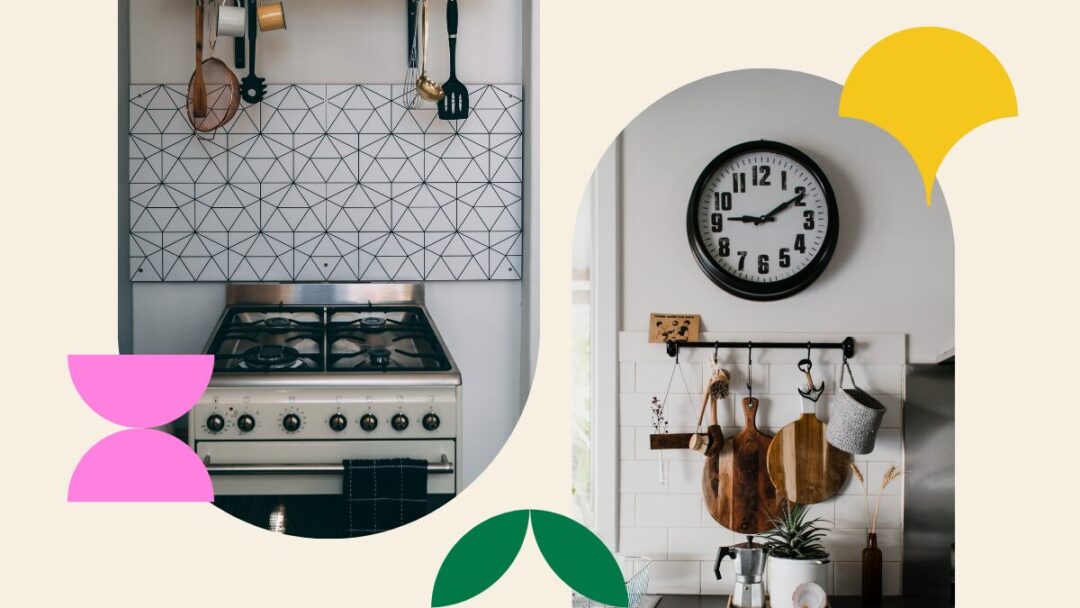For stay-at-home moms, spring cleaning is an opportunity to refresh the home in a way that’s safe for their children, while also being kind to the environment. Eco-friendly cleaning is a growing trend that prioritises the use of natural, non-toxic products and sustainable practices, which is perfect for moms who want to create a healthier home environment for their family.
1. Start with DIY Cleaning Products
One of the best ways to ensure you’re using safe and eco-friendly products is to make your own cleaning solutions. Many common household items can be used to create powerful and non-toxic cleaners that are just as effective as commercial products, but without the harsh chemicals.
How to Do It: Create your own all-purpose cleaner using a simple combination of vinegar, water, and essential oils. For a stronger solution, baking soda and lemon juice are excellent natural scrubbing agents. These products are perfect for wiping down countertops, cleaning bathroom surfaces, and even tackling tougher jobs like removing stains from carpets or grout.
Pro Tip: Always label your DIY cleaners and store them safely out of reach of children. For added peace of mind, involve older kids in making these products so they can learn the benefits of eco-friendly cleaning.
2. Ditch Disposable Wipes
Disposable wipes might be convenient, but they generate a lot of waste. For someone who cares about sustainability, switching to reusable cleaning cloths is an easy and eco-friendly solution.
How to Do It: Instead of reaching for disposable wipes, invest in microfiber cloths or old cotton t-shirts that can be washed and reused. These clothes are just as effective for cleaning surfaces and can be used for dusting, wiping down windows, and cleaning up spills.
Pro Tip: Designate specific clothes for different tasks (e.g., one for the kitchen, another for the bathroom) to avoid cross-contamination.
3. Involve the Kids with Kid-Safe Cleaning Tasks
Spring cleaning is a great time to teach kids about responsibility and the importance of keeping their living space tidy. Getting your children involved in the cleaning process can also be a fun family activity that promotes good habits.
How to Do It: Give children age-appropriate tasks, such as dusting with a microfiber cloth, sorting laundry, or picking up their toys. You can even make it a game by setting a timer and seeing how quickly they can complete their tasks.
Pro Tip: Use natural products like vinegar and water for the cleaning tasks kids will be involved in to ensure they’re using safe, non-toxic cleaners.
4. Go Green with Your Cleaning Tools
Another way to embrace eco-friendly cleaning is by choosing sustainable cleaning tools. For moms like Emily, using tools that are both effective and environmentally responsible is a win-win.
How to Do It: Look for cleaning tools made from sustainable materials, such as bamboo scrub brushes or biodegradable sponges. These products work just as well as their conventional counterparts but have a much smaller environmental footprint. Additionally, avoid single-use products where possible.
Pro Tip: Replace your traditional plastic broom with one made from recycled materials, and opt for reusable mop heads to further reduce waste.
5. Air Out the House Naturally
One of the simplest and most eco-friendly ways to freshen up your home during spring cleaning is to open the windows and let in fresh air. This is an easy way to improve indoor air quality without using chemical air fresheners.
How to Do It: Choose a sunny day to open all the windows in your home. Allowing fresh air to circulate will help remove stale indoor air, which can accumulate over the winter months. It’s also a great time to clean window screens and sills to ensure proper airflow.
Pro Tip: To enhance the freshness, place bowls of baking soda or activated charcoal in rooms to help absorb odours naturally.
6. Use Natural Deodorisers
Chemical air fresheners often contain harmful ingredients that can affect indoor air quality and may not be safe for kids. Instead, Emily can use natural alternatives to keep her home smelling fresh.
How to Do It: Make a simple air freshener by combining water, a few drops of your favourite essential oil, and a bit of baking soda in a spray bottle. You can also simmer a pot of water with cinnamon sticks, cloves, and citrus peels to fill your home with a warm, natural fragrance.
Pro Tip: Place indoor plants like lavender, jasmine, or rosemary around your home—these plants naturally purify the air and add a fresh scent to any room.
7. Reduce Water Usage While Cleaning
Water is a precious resource, and it’s important to conserve it whenever possible—even during spring cleaning. For someone who is conscious of her family’s environmental impact, reducing water usage is an essential part of eco-friendly cleaning.
How to Do It: Instead of leaving the water running while you clean, fill a bucket with soapy water for mopping or use a spray bottle to apply cleaner to surfaces. This helps limit water waste while still ensuring a thorough clean.
Pro Tip: When washing dishes or cleaning the kitchen, scrape food into the trash or compost instead of rinsing dishes under running water before loading them into the dishwasher.
8. Recycle or Repurpose While Decluttering
Spring cleaning is often a time to declutter your home, but before tossing items in the trash, consider whether they can be recycled or repurposed. This is a way to reduce waste while teaching her kids about sustainability.
How to Do It: Go through your household items and determine what can be recycled, such as old paper, glass jars, or plastic containers. If you have items that are no longer needed but still usable, consider donating them to a local charity or repurposing them for another use in your home.
Pro Tip: Get creative with repurposing—use old jars for storage, turn a worn-out t-shirt into a cleaning rag, or upcycle furniture with a fresh coat of eco-friendly paint.
9. Create a Composting System
For moms who are already committed to an eco-friendly lifestyle, starting a composting system is an excellent way to reduce kitchen waste and create nutrient-rich soil for the garden.
How to Do It: Set up a small compost bin in your kitchen for food scraps like fruit peels, vegetable trimmings, and coffee grounds. Once the bin is full, transfer the contents to an outdoor compost pile or bin. Over time, the organic waste will break down into compost that can be used in your garden.
Pro Tip: Teach your kids about composting and get them involved in adding scraps to the compost bin. It’s a fun and educational way to help them understand the importance of reducing waste.
Conclusion
For moms who want to create a safe and healthy home for their family, eco-friendly spring cleaning offers a way to keep their homes spotless while minimising their impact on the environment. These tips are not only effective but also practical, making them easy to implement in a busy household. Plus, they’re a great way to get the whole family involved in caring for the planet.

ALSO SEE: QUICK AND EASY SPRING CLEANING TIPS FOR BUSY MOMS








